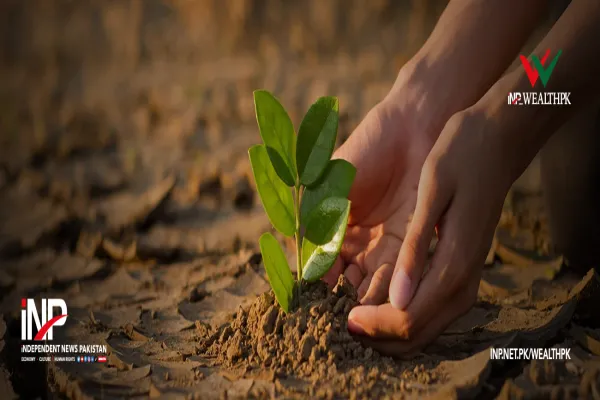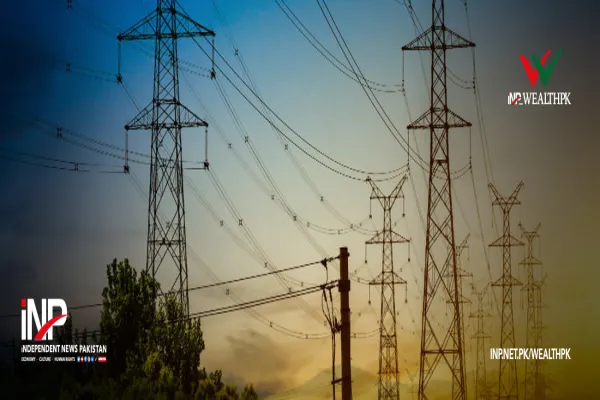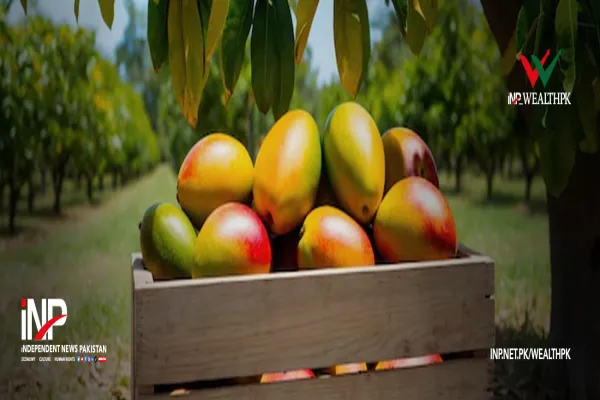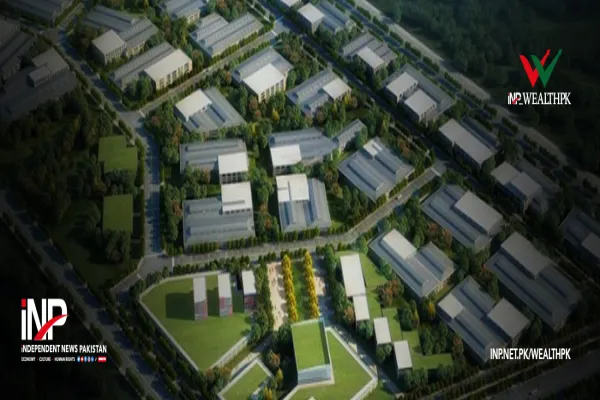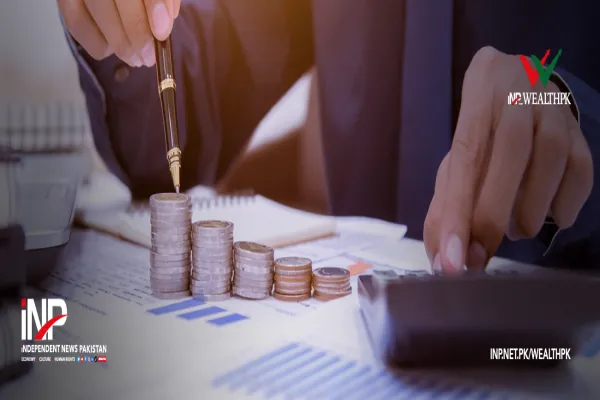i INP-WEALTHPK
Shujauddin Qureshi
Pakistan has witnessed a significant transformation in its financial landscape, as digital payments are rapidly replacing traditional cash-based transactions, but the country’s rural areas are still less familiar with digital tools due to slow internet speed and inadequate government support.
According to the State Bank of Pakistan (SBP), about 89% of all retail transactions in the country are now conducted through digital channels, reports WealthPK.
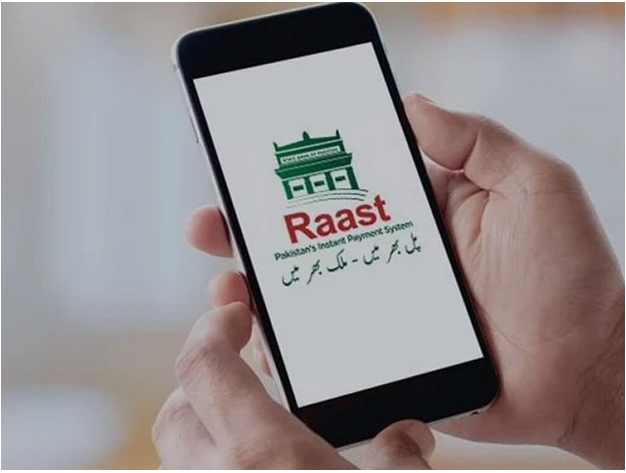
According to the SBP’s latest Payment Systems Review for the third quarter of fiscal year ended June 30, 2025, a total of 2.408 billion retail transactions were recorded between January and March 2025, reflecting a 12% increase in volume and an 8% rise in value compared to the same period last year. The total value of these transactions reached a staggering Rs164 trillion during the period.
“The SBP’s own instant payment platform, Raast, has transformed the digital payment system in the country,” said Irshad Ahmed, a banker in Karachi. Launched in 2021, Raast is lauded for enabling real-time, secure, and cost-effective transactions, attributes that have fuelled its widespread adoption. In the third quarter of FY25 alone, the system processed 371 million transactions, amounting to Rs8.5 trillion.
Since its inception, Raast has facilitated over 1.5 billion transactions with a cumulative value exceeding Rs34 trillion. Its appeal lies in the elimination of transaction fees for individuals and seamless integration with banking applications, making it particularly attractive to small businesses, freelancers, and everyday consumers seeking efficient and affordable payment solutions.
“Raast system is quite efficient and it has many security features,” Ahmed, the banker, told WealthPK. The SBP reported that approximately 1.686 billion digital retail payments, worth Rs27 trillion, were processed via digital channels, demonstrating a 16% increase in volume and a 22% rise in value from the previous quarter.
The number of registered mobile banking users rose to 22.6 million, while branchless banking wallet users reached 68.5 million. This growth is not just a reflection of increased smartphone use but also the result of continuous efforts by banks and fintech companies to provide user-friendly and accessible digital services. E-commerce and in-store digital payments have also witnessed substantial growth.
Online shopping platforms saw 213 million e-commerce-related transactions during the quarter, up by 40% in volume and 34% in value compared to the same period last year. These transactions amounted to Rs258 billion, with digital wallets accounting for 94% of the payments, while debit and credit cards made up the remaining 6%. The use of Point-of-Sale (PoS) terminals also recorded growth, with 100 million transactions valued at Rs550 billion.
Quick Response or QR code-based payments rose to 21.7 million transactions worth Rs61 billion, reflecting changing consumer habits and increased merchant adoption of digital infrastructure. “After the Covid-19 pandemic, digital payments have grown tremendously, especially during lockdowns when people were unable to physically visit their banks,” said Jibran Sarfraz, an economist and analyst. Now, most consumers are paying their utility bills online or through digital apps instead of visiting bank branches and standing in queues for longer periods.
The banking sector has introduced more security features, and people’s confidence has increased with the minimisation of online fraud, Sarfraz told WealthPK. “We expect more digital transactions as the government is also encouraging people to make more online transactions, as it will also help towards documentation of economy,” he remarked. Despite this digital payment progress, cash-based transactions still hold a strong presence, particularly in rural areas and among populations less familiar with the latest digital tools.
The main reason for slow progress, according to experts, is slow internet connections in rural areas. The slow performance of ATMs in interior districts of Sindh discourages online transitions. In the third quarter of FY25, about 19,851 ATMs nationwide facilitated 271 million transactions totalling Rs4.8 trillion. Though this represents a high usage rate, it lags behind the more dynamic growth of app-based and internet banking solutions.
The digital transformation of Pakistan’s retail economy is not just a technological shift — it represents a broader change in consumer behaviour, business models, and financial inclusion. With more people opting for mobile apps, QR codes, and instant transfers over cash, the foundation for a more transparent, efficient, and inclusive financial system is being laid. If the current trajectory continues, Pakistan could emerge as a regional leader in digital financial innovation, provided that the momentum is maintained and digital access is expanded across all segments of society.
Credit: INP-WealthPk



